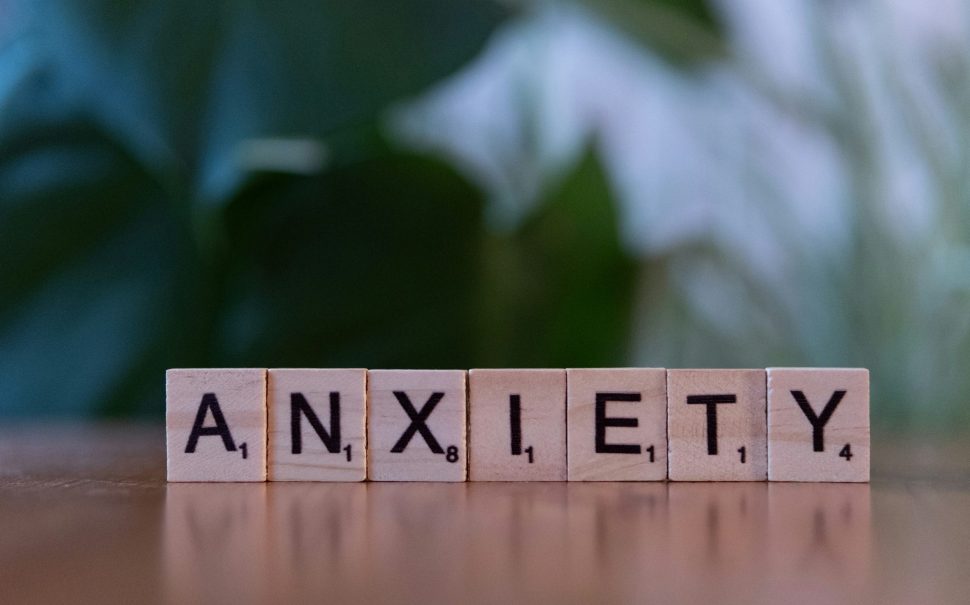Self-reported ‘high anxiety rates’ have still not returned to pre-COVID levels, figures produced by the Office of National statistics (ONS) reveal.
The UK Measures of National Wellbeing displays mental health statistics in adults, and results show an overall increased level of ‘high anxiety’ from 2014 to 2024.
Between July to September 2014 the mean estimate for people feeling high anxiety was 19.4% of adults.
There was a steep peak on the chart in 2020 at the start of the COVID pandemic (seen in 2020 Q2) and again in the second lockdown (seen in 2021 Q1).
Between July to September 2024 the mean estimate for people feeling high anxiety was 22.5% of adults, a rise of 3.1% in a 10 year period from 2014.
David Crepaz-Keay, Head of Research and Applied Learning at the Mental Health Foundation, said the pandemic has left a ‘permanent scar’ on everyone who lived through it.
He said: “It is important to remember that anxiety has its benefits for society, both as a survival tactic in times of early civilization, but also as an modern aid to public health during the pandemic as it kept people hypervigilant and self-protected.”
However quickly anxiety can get out of hand if it is left unchecked, and this has had long-term impacts in the years after 2020.
The data revealed that women’s reported rates of ‘high anxiety’ had risen more than men’s following the pandemic.
Men’s levels have stayed relatively static with only a 0.2 percent increase from 2012-15 to 2024.
This is demonstrated by data from 2012 to 2015, where 21.8% of women and 18.3% of men reported high levels of anxiety.
In July-September 2024, 26.3% of women and 18.5% of men reported high levels of anxiety.
Nigel Sanderson, Director and Lived Experience Expert at Men’s Minds Matter said: “When the pandemic came it was like a rug was pulled from under us.”
Many people began to experience severe anxiety, which particularly befell women who were responsible for taking care of the family and older, high-risk relatives.
However, he discussed the silent rise of post-pandemic anxiety which went unreported by men, who are far less likely to visit the GP or reach out to friends regarding mental health issues.
George, now 20, was 15 when the first lockdown began.
He said: “I didn’t get anxiety that badly during Covid, it actually got worse afterwards. I began to notice it during my first year of uni in 2023.
“I think if men reported their anxiety more the graph would look different. You want to prove to yourself that you are not dependent on other people.
“Women have a more rational path of seeking support because two minds are better than one, and it’s important to confide in others.
“Men, on the other hand, are terrible at helping themselves!”
Following the pandemic in 2024, ONS data revealed increased reports of heightened anxiety in most regions of the UK.
In 2012-2015, the North East demonstrated the highest percentage of adults reporting high anxiety at 22.1%, the lowest reports of high anxiety could be seen in the West Midlands at 18.17%.
The most severe increase on the chart was displayed by Scotland which rose around 5% from 19.7% ‘high anxiety’ in 2012-15 to 24.8% in 2024. The West Midlands saw a rise of 4% over the period studied, and London saw a rise of around 3%.
Age-related correlations highlight how different generations were affected by the pandemic in the long-term.
The age group experiencing a significant rise in anxiety following Covid-19 was 40-44 year olds. In 2012-15 levels of high anxiety were 21.4% of adults in this group. In 2024 they increased almost 5% to 26.8%.
Another group significantly impacted by heightened anxiety rates following the pandemic was the 20-24 age range. Data revealed an increase from 19.02% in 2012-15 to 22.2% 2024.
Jenny, now 27, was studying her Masters degree at UCL in London (aged 22) when the first lockdown began.
She described how contracting Covid-19 in April 2020 led her to be hospitalized, and contributed to anxiety-related symptoms of hypochondria and mild PTSD lasting a year after the initial lockdown.
She said: “I am a very anxious person in general and during lockdown you had this feeling of instability and insecurity.
“Lots of people were dying everyday, lots of people were ill, a few of them I knew personally and the fact that there were no proper treatments at first was very scary for me.”
Speaking on hypochondria and post-Covid PTSD, Jenny described making countless visits to the doctor for phantom illnesses, and her brain constantly alerting her into a sense of hypervigilance.
She added: “I think it took me a year and a half to completely recover from it.
“Whilst I have mainly overcome my Covid-anxiety symptoms, even still I sometimes get hypochondria when I am anxious which I never used to get before Covid.”
Crepaz-Keay said in order to move forwards from the pandemic’s effects, we must create environments in which it is okay to talk about it.
By destigmatising mental health perhaps society can slowly return to a ‘somewhat normalcy’, reflected in our wellbeing statistics in years to come.





Join the discussion